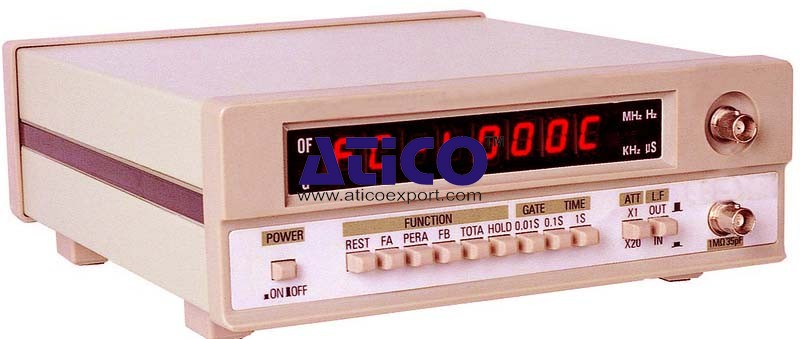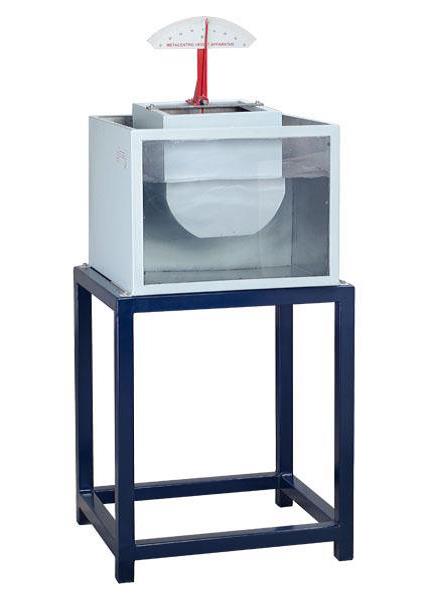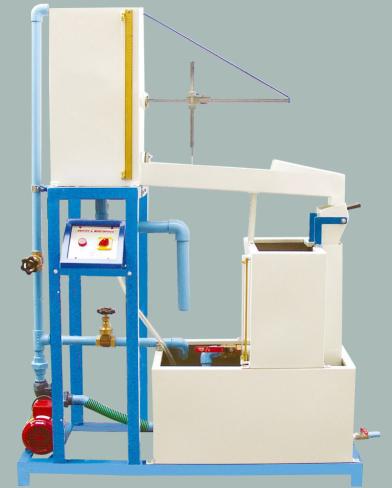Method to Determine the Elastic Line
Categories: Lab EquipmentMethod to Determine the Elastic Line Technical Specification: Beams are key structural elements in mechanical engineering and in construction which are subject to deformation under load. In the case...
Product
Description
Method to Determine the Elastic Line
Technical Specification:
Beams are key structural elements in mechanical engineering and in construction which are subject to deformation under load. In the case of a simple beam this deformation can be predicted by various methods, such as the principle of virtual work. The beam under investigation in elastic line can be supported by different bearing methods. Two supports with clamp fixings and an articulated supports with a force measurement dial gauge are provided to realise statically determinate or indeterminate systems. The two supports with clamp fixings are provided with dial gauges and can also be used as articulated supports. These dial gauges enable the angle of inclination of the beam to be determined at the support. A third dial gauge records the deflection of the beam at a random point. A device is additionally provided to generate a bending moment at a random point on the beam. A fourth dial gauge records the angle of inclination of the device. The beam is placed under load by weights (point load and coupled forces to generate the bending moment). The clamping moment on the supports can be determined by means of weights. The various elements of the experiment are clearly laid-out and housed securely in a storage system. The complete experimental set-up is arranged in the frame. The well-structured instructional material sets out the fundamentals and provides a step-by-step guide through the experiments.
Specification:
1. Comparison of different methods to determine the elastic line 2. Statically determinate or indeterminate beam 3. 2 supports with clamp fixing, optionally as articulated support with measurement of angle of inclination or clamp fixing 4. Articulated support with force measurement dial gauge 5. Device to generate a bending moment 6. Dial gauge with generation of moment to measure the angle of inclination 7. Dial gauge to record the deformations of the beam 8. Weights to subject the beam to point loads or moment 9. Weights to determine the clamping moments on the supports with clamp fixings
10. Storage system to house the components 11. Experimental set-up in frame.
Technical Data:
Beam
- length: 1000mm - cross-section: 20x4mm - material: steel
Measuring ranges
- force: -50...+50N, graduations: 1N - travel: 0...0,20mm, graduations: 0,01mm
Weights
- 7x 1N (hanger) - 28x 1N - 21x 5N
quick overview :
Method to Determine the Elastic Line
Technical Specification:
Beams are key structural elements in mechanical engineering and in construction which are subject to deformation under load. In the case of a simple beam this deformation can be predicted by various methods, such as the principle of virtual work. The beam under investigation in elastic line can be supported by different bearing methods. Two supports with clamp fixings and an articulated supports with a force measurement dial gauge are provided to realise statically determinate or indeterminate systems. The two supports with clamp fixings are provided with dial gauges and can also be used as articulated supports. These dial gauges enable the angle of inclination of the beam to be determined at the support. A third dial gauge records the deflection of the beam at a random point. A device is additionally provided to generate a bending moment at a random point on the beam. A fourth dial gauge records the angle of inclination of the device. The beam is placed under load by weights (point load and coupled forces to generate the bending moment). The clamping moment on the supports can be determined by means of weights. The various elements of the experiment are clearly laid-out and housed securely in a storage system. The complete experimental set-up is arranged in the frame. The well-structured instructional material sets out the fundamentals and provides a step-by-step guide through the experiments.
Specification:
1. Comparison of different methods to determine the elastic line 2. Statically determinate or indeterminate beam 3. 2 supports with clamp fixing, optionally as articulated support with measurement of angle of inclination or clamp fixing 4. Articulated support with force measurement dial gauge 5. Device to generate a bending moment 6. Dial gauge with generation of moment to measure the angle of inclination 7. Dial gauge to record the deformations of the beam 8. Weights to subject the beam to point loads or moment 9. Weights to determine the clamping moments on the supports with clamp fixings
10. Storage system to house the components 11. Experimental set-up in frame.
Technical Data:
Beam
- length: 1000mm - cross-section: 20x4mm - material: steel
Measuring ranges
- force: -50...+50N, graduations: 1N - travel: 0...0,20mm, graduations: 0,01mm
Weights
- 7x 1N (hanger) - 28x 1N - 21x 5N
Product
Reviews
add Review
reviews
No Review Yet.















Product
Reviews
add Review
reviews
No Review Yet.